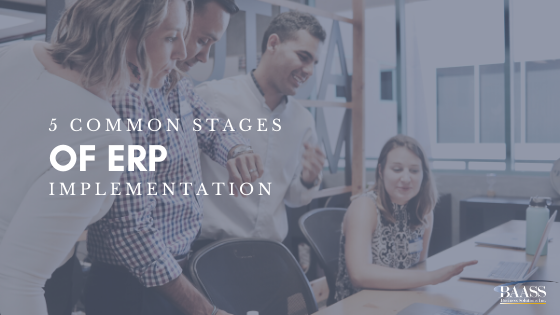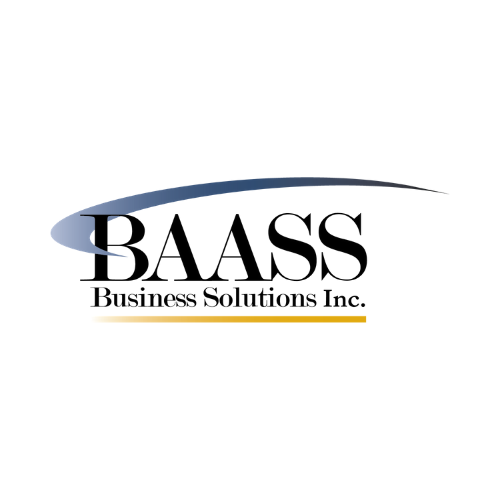
Have you ever heard the expression, “Success leaves clues”? It means that successful people learn from previously successful people how to do their jobs smarter or better. It means learning from past mistakes and triumphs, and incorporating the best into your current action plan to improve upon it.
When it comes to ERP implementation, success does indeed leave clues. These clues point the way to a phased implementation that accounts for myriad needs. We’ve distilled this into five stages of ERP implementation that seem to be common and consistent among successful companies.
The Five Common Stages of ERP Implementation
Pre-evaluation screening: Before looking for a solution, you first need to know the organization’s needs. In this first stage, companies conduct a careful and thorough inventory of their needs. They include participants from multiple disciplines and representatives from every group who will use the ERP system. The goal is to gain a comprehensive and complete understanding of the organization’s needs, tools, resources, and challenges.
Evaluation: During the evaluation phase, companies look at different vendors and offers and evaluate the pros and cons of each. They match needs to ERP systems to find one that addresses the most needs at the best cost.
Gap analysis: An analysis of the gaps between the desired solutions and what’s on the market now takes place. It’s a smart idea to go back to the vendors you are considering and ask how these gaps may be addressed. There may be additional tools from the same software company that easily and quickly address the gaps, or you may need a custom solution.
Training: Next, everyone who uses the new ERP system needs training. A training program should be created to address the organization’s needs, schedules, and training scope. Some companies may need one day of training while others benefit from two half-day trainings. Make sure you slot in extra time for hands-on training and refreshers later on.
Testing: Before the system is rolled out company-wide, it should be tested thoroughly to make sure it’s pulling data correctly and providing the desired information.
Now it’s time for the rollout! Once the system is in place, take notes of any questions, problems, or issues you notice with it. Have someone in your company appointed to be the keeper of the questions, or the one who gathers everything together and helps resolve problems. It’s easier to have one point of contact or one system expert in place. That person can answer quick questions about the system, or contact the vendor for answers.
An ERP system shares and distills data from across the organization into reports and data that can enhance every aspect of your business. Sales, marketing, supply chain, operations, finance, and human resources all benefit from the new system. Once your system is in place, silos break down and data helps make everyone’s contributions to the company transparent. Business decisions can be made based on data rather than guesswork. The positive benefits gained from such a transition are enormous.
Success leaves clues, and companies who have been successful in the past with ERP implementation left us a blueprint to follow. These five steps can help you smoothly transition into the world of ERP.
Blog: 7 Questions You Must Ask Any ERP Software Firm
BAASS Business Solutions: Helping Companies Through Transitions
At BAASS Business Solutions, we work with companies in many industries to develop solutions for their needs. From ERP to CRM and beyond, we understand the impact that the right solution can make on your business’ needs. Contact us today or call 1-888-650-5544 for a consultation and more information about BAASS Business Solutions.
Read about a successful ERP implementation: Skoah.
